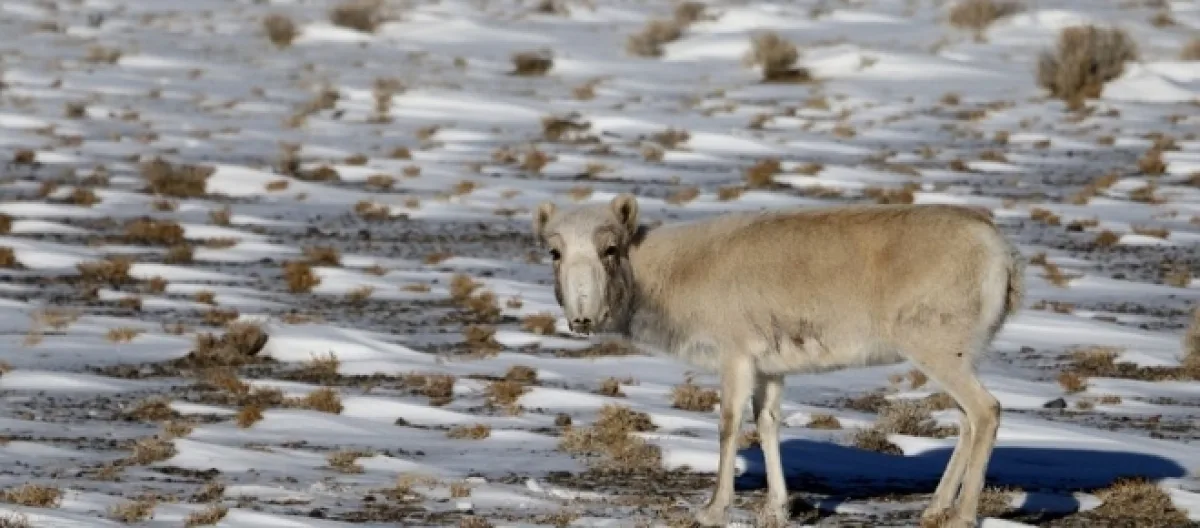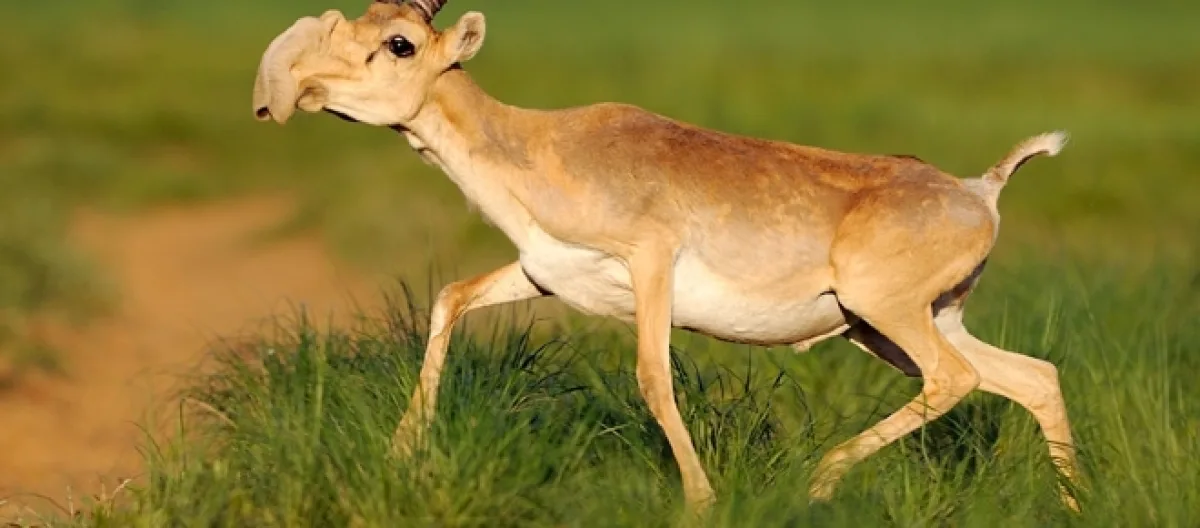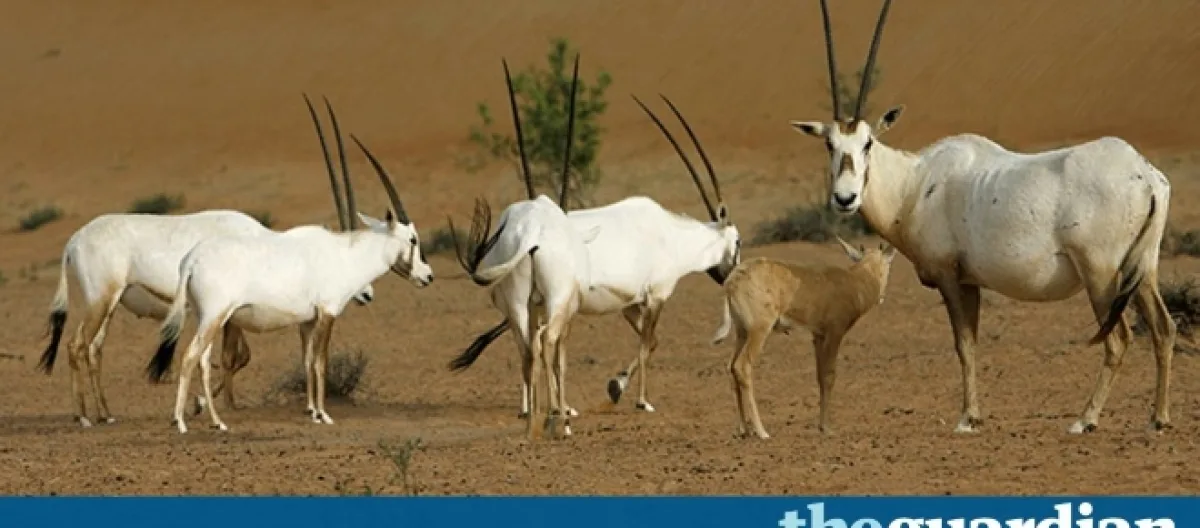Wildlife species usually go extinct due to various reasons like climate change, global warming and development related to a better life for humans but, in the case of the Mongolian Saiga Antelope, the reason is a disease that has come from other animals.
The Mongolian saiga
These animals fall in the category of critically endangered species and the sudden death of nearly 2500 of them since December 2016 has thrown up fears about their chance of survival.
As per estimates, the total population of these steppe-dwelling saiga antelope is about 10,000 and the virus outbreak in Mongolia has eliminated about 25 percent of them.
What is the virus?
The virus has been identified as PPR or "peste des petits ruminants" and it is believed to have attacked the saiga antelope population in Mongolia in September. The carriers of the virus could be other infected animals like goats and sheep and, spread of this disease could have serious consequences on not only the antelopes but also on their ecosystem. This can, in turn, have an adverse effect on the population of the ibex and argali and rare snow leopards since they prey on the saiga antelope and their loss would mean a reduced prey base.
PPR is also known as sheep and goat plague and is highly contagious. Once it strikes, it can wipe out 90 percent of the herd as indicated by the Food and Agriculture Organization (FAO) of the United Nations. The disease spreads through body fluids, feces and close proximity, and some of the symptoms are fever, anorexia, and difficulty in breathing.
PPR has infected animals in more than 70 countries and agencies like the FAO and the World Organization for Animal Health have already initiated action to eradicate this dreaded disease by 2030.
How to salvage the situation
A rapid-response team in Mongolia has already descended on the job and are trying to salvage the situation. They are collecting samples from the dead animals as well as from those that have been struck with PPR and want to evolve a strategy of how best to combat the disease and ensure speedy recovery of the saiga antelope.
Incidentally, the animals face other threats also apart from the illness. That is from poachers because the horns of these antelopes are used in making traditional medicine.


